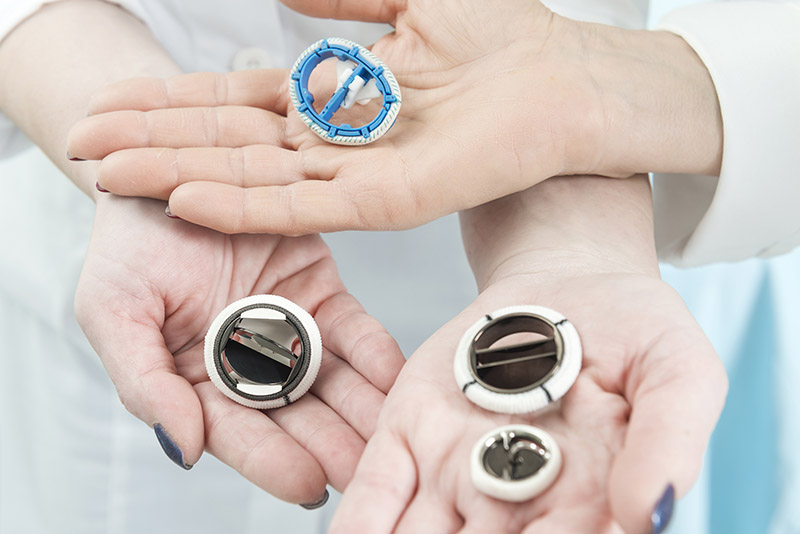Volume 114, Nº 1, January 2020
DOI: https://doi.org/10.36660/abc.20190809
ORIGINAL ARTICLE
Determinants of Aortic Prosthesis Mismatch in a Brazilian Public Health System Hospital: Big Patients or Small Prosthesis?
Maria Estefania Otto
Fernando Antibas Atik
Marcelo do Nascimento Moreira
Luiz Carlos Madruga Ribeiro
Bianca Corrêa Rocha de Mello
Joyce Gomes Elias Lima
Maiara Sanchez Ribeiro
Ana Carolina Pereira Matos Domingues
Reyna Pinheiro Calzada
Armindo Jreige Jr.
Larissa Lucas Schloicka
Philippe Pibarot
Dr. Maria Estefania Otto.

Abstract
Background: Prosthesis-patient mismatch (PPM) is associated with worse outcomes.
Objective: Determine the frequency and evaluate preoperatory variables independently associated with severe PPM in a tertiary hospital focused on Public Health Care.
Methods: A total of 316 patients submitted to aortic valve replacement, who had echocardiography performed within the first 30 days after surgery, were retrospectively analyzed. The indexed effective orifice area (iEOA) of the prosthesis was used to classify the patients into three groups, according to PPM, considering body mass index (BMI): severe PPM (iEOA) < 0.65 cm2/m2), mild to moderate PPM (iEOA, 0.65 cm2/m2 – 0.85 cm2/m2) and without PPM (iEOA > 0.85 cm2 /m2 ) for a BMI < 30 kg/m2 and severe PPM (iEOA) < 0.55 cm2 /m2 ), mild to moderate (iEOA, 0.55 cm2/m2 – 0.70 cm2/m2) and without PPM (iEOA > 0.7 cm2/m2) for a BMI > 30 kg/m2. Statistical significance was considered when p < 0.05.
Results: iEOA was obtained in 176 patients. The frequency of severe and moderate PPM was 33.4% and 36.2%, respectively. Severe PPM patients were younger and had larger BMI, but smaller left ventricular outflow tract diameter (LVOTD). The independent variables used to predict severe PPM were male gender, BMI > 25 kg/m2, age < 60 years, LVOTD < 21 mm, and rheumatic etiology with an area under the ROC curve of 0.82.
Conclusion: The frequency of severe PPM is high in a Brazilian population representative of the Public Health System, and it is possible to predict PPM from preoperative variables such as rheumatic valvular disease, gender, BMI, age and LVOTD. (Arq Bras Cardiol. 2020; 114(1):12-22)
Keywords: Heart Valve Prosthesis/surgery; Size Perception; Body Mass Index; Preoperative Care; Postoperative Care; Echocardiography/methods.















